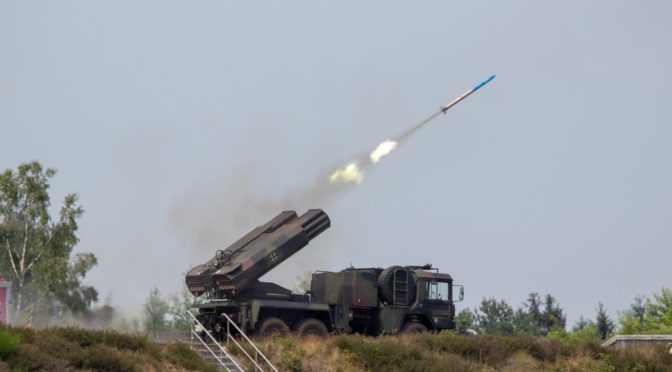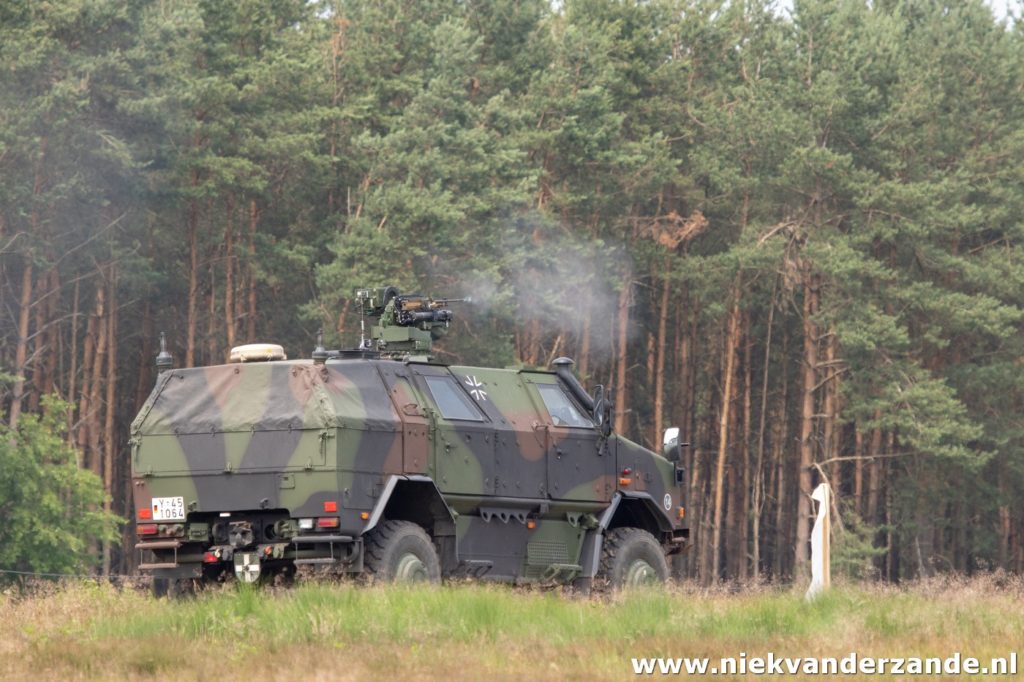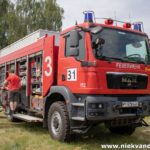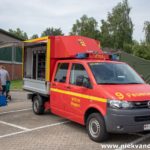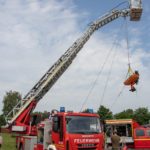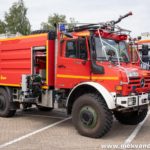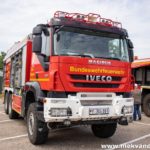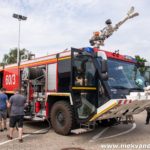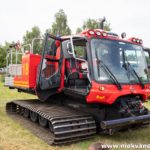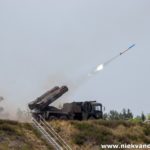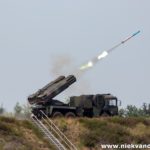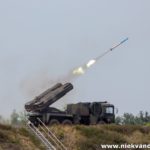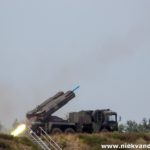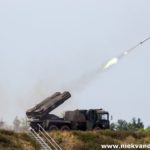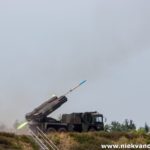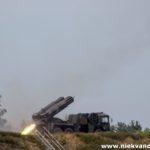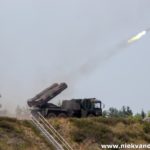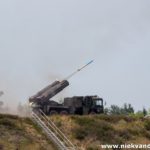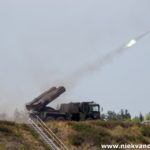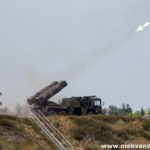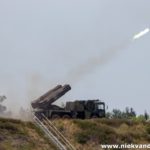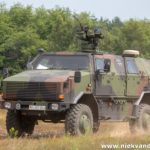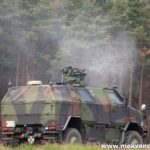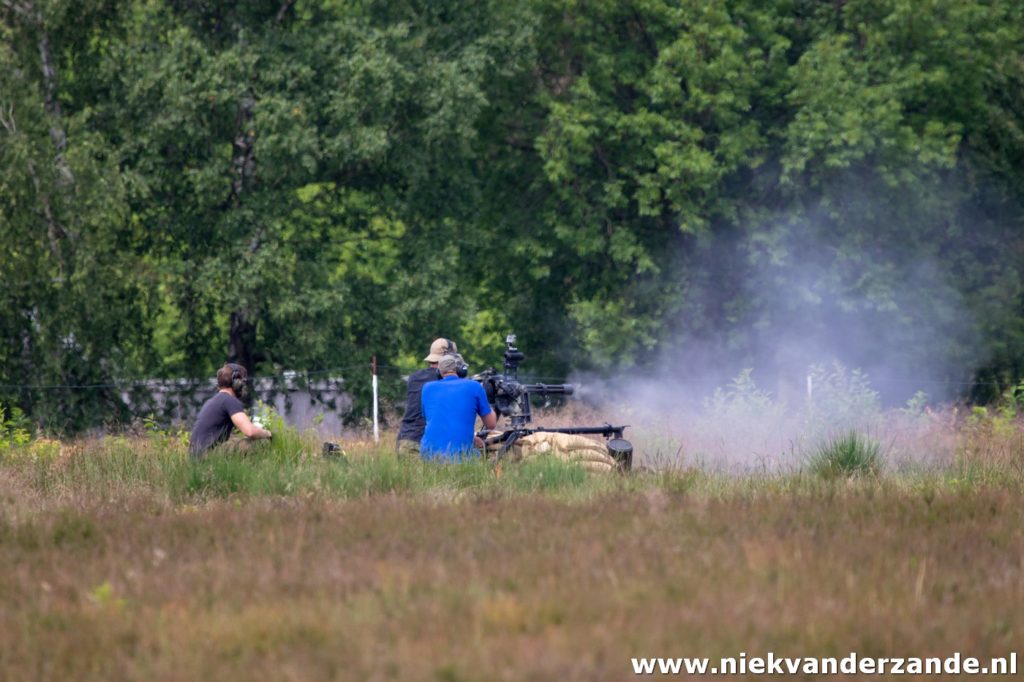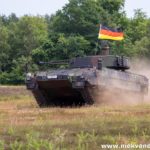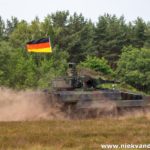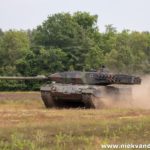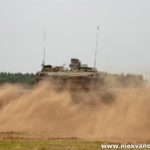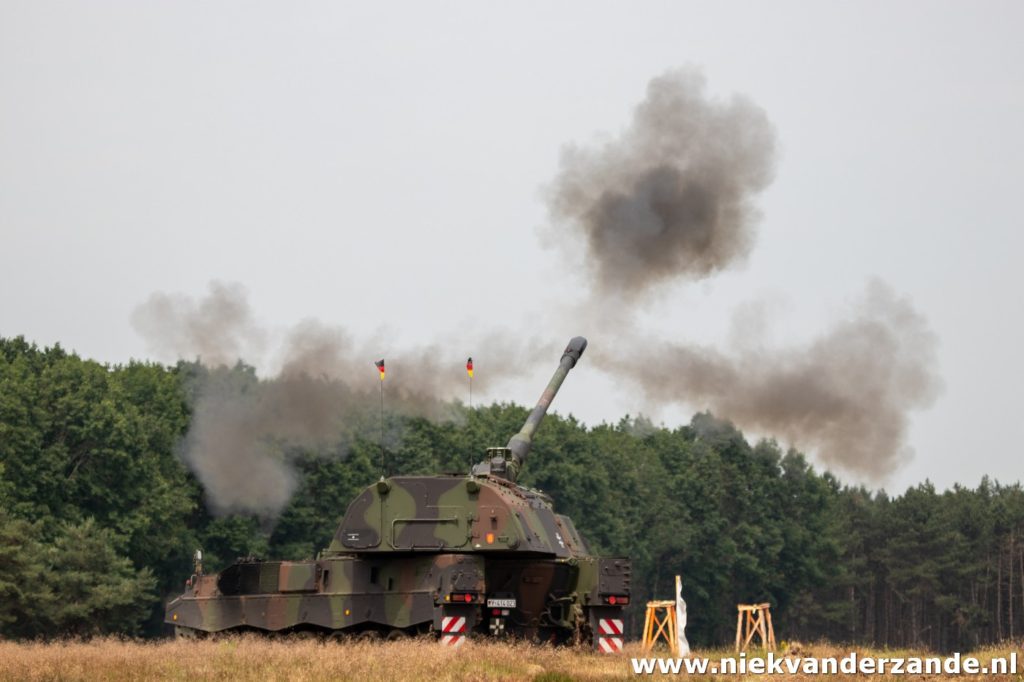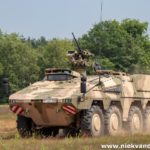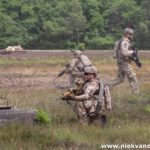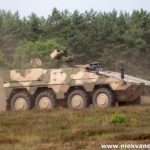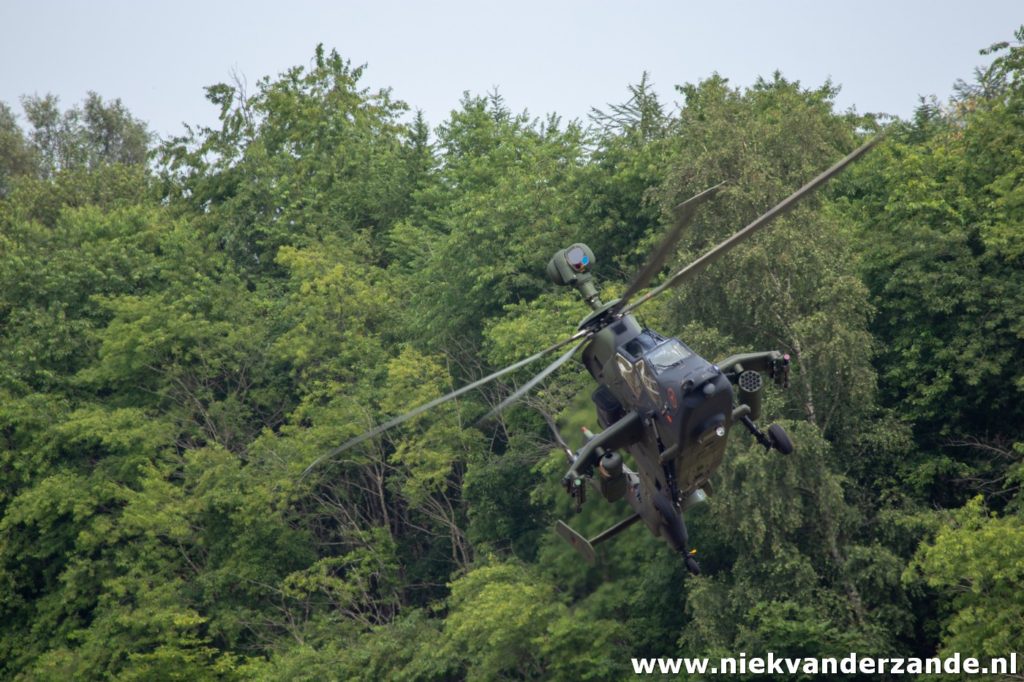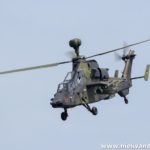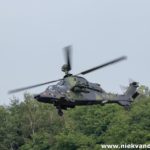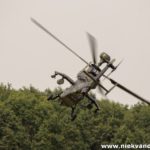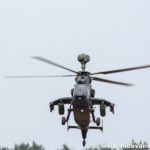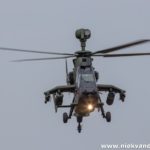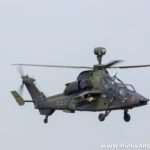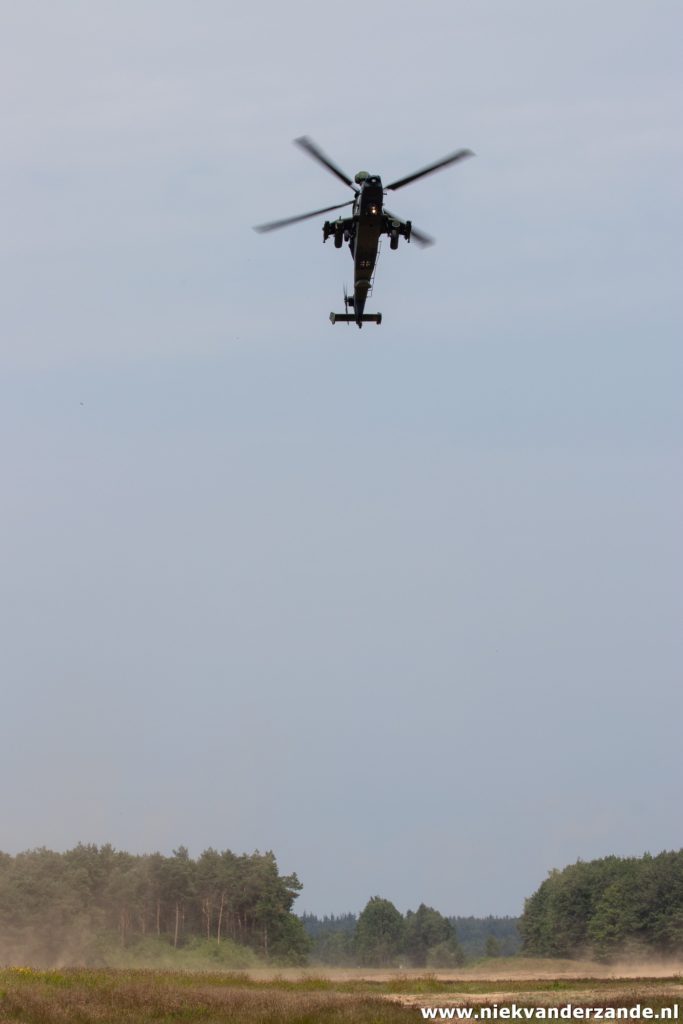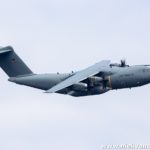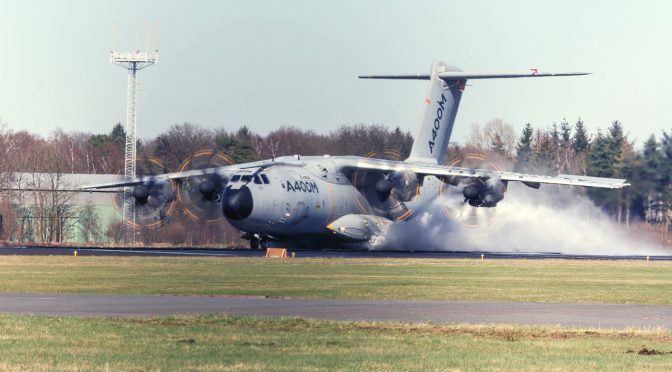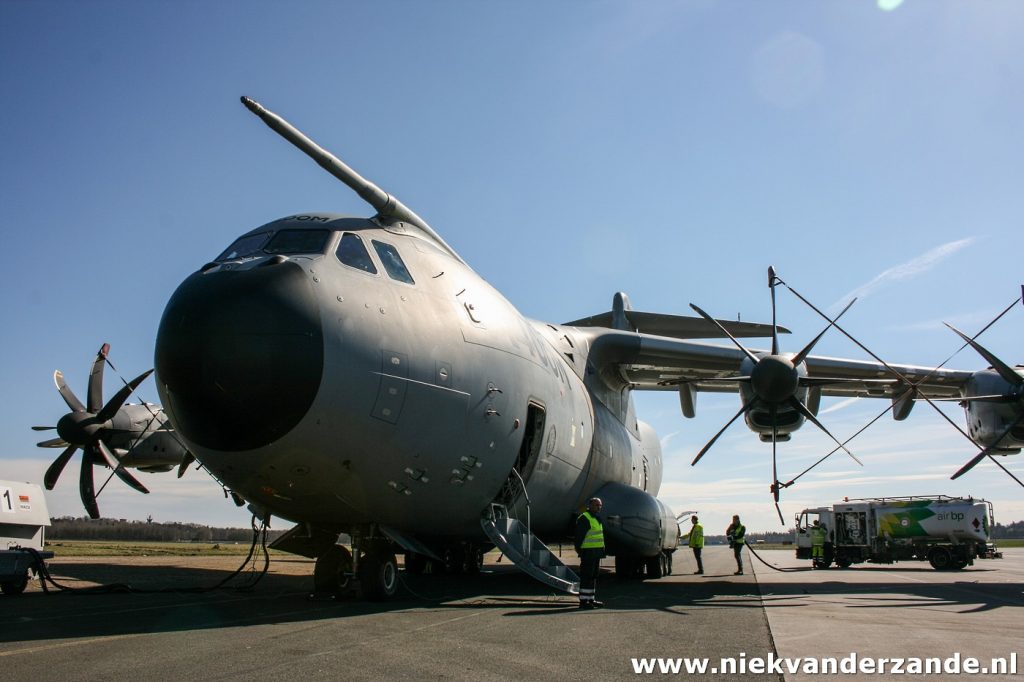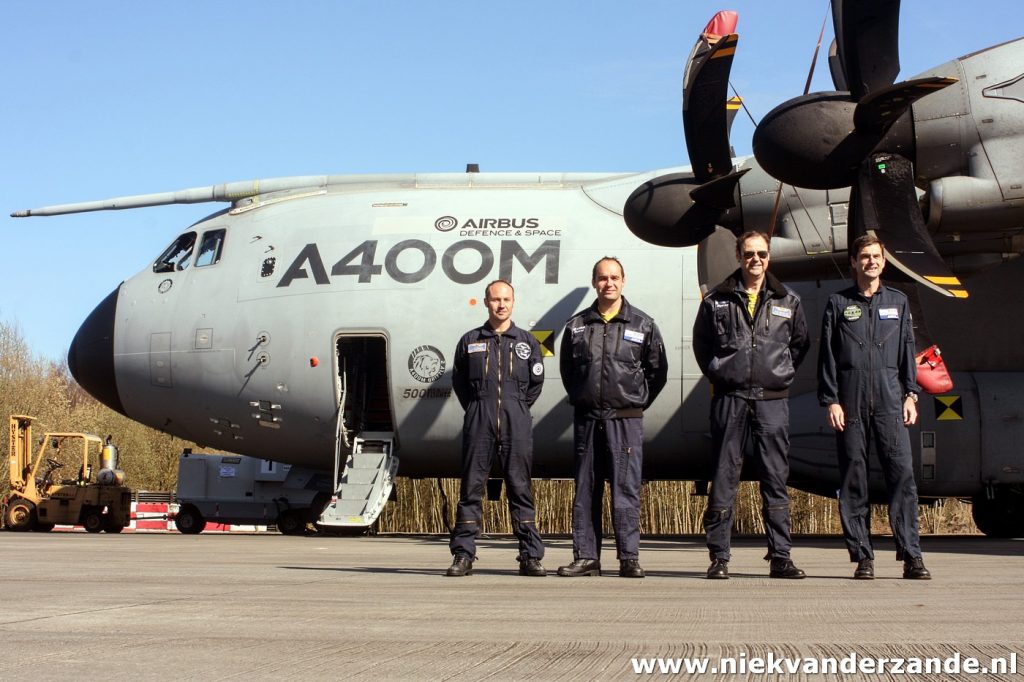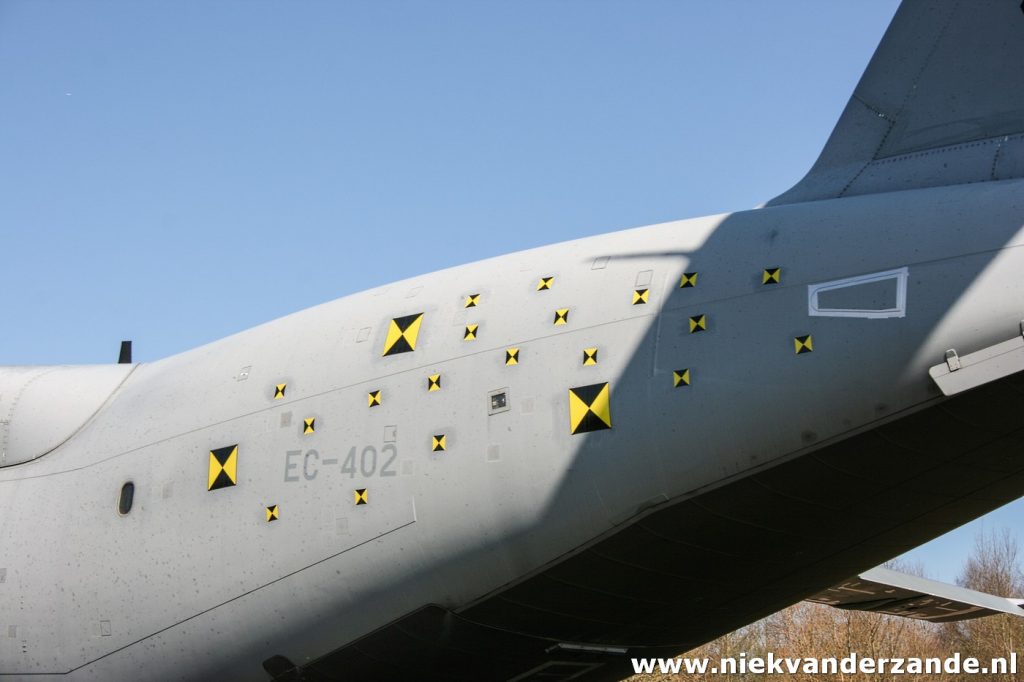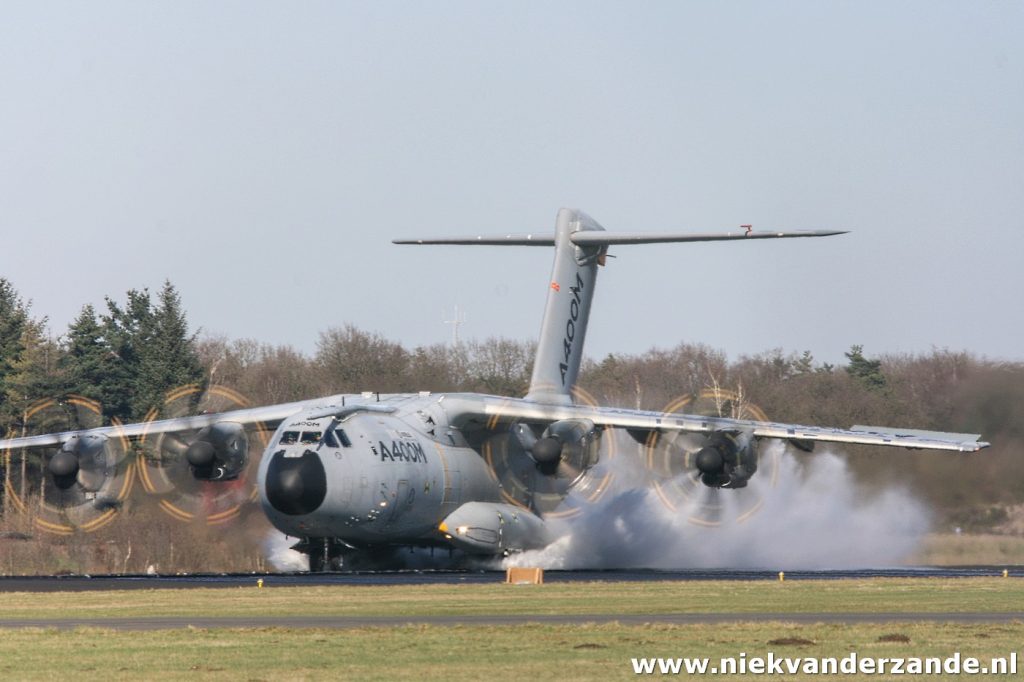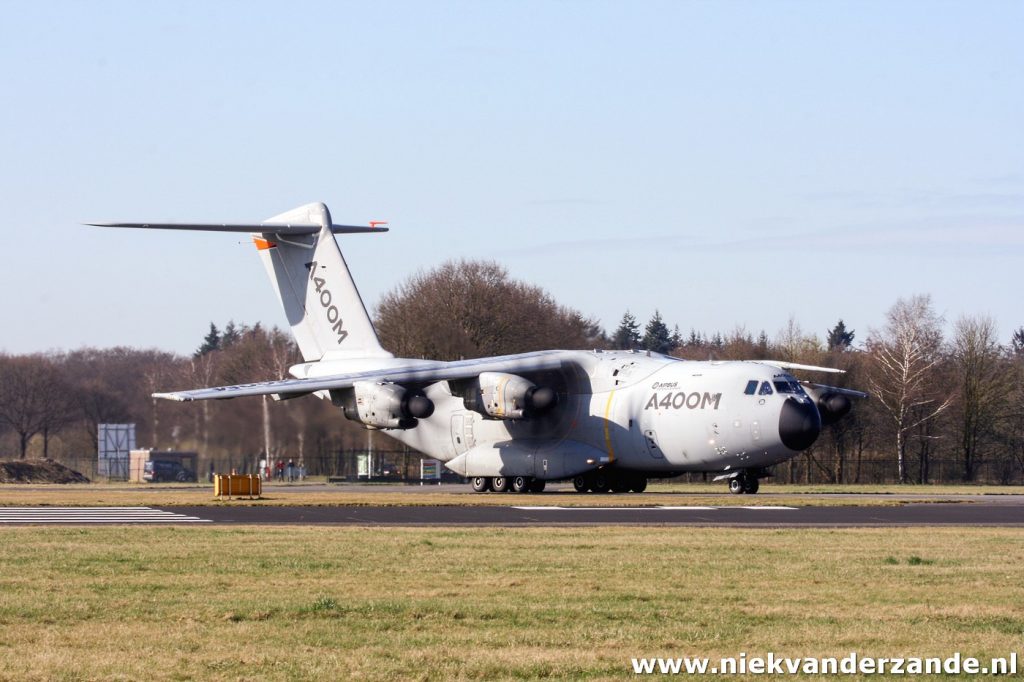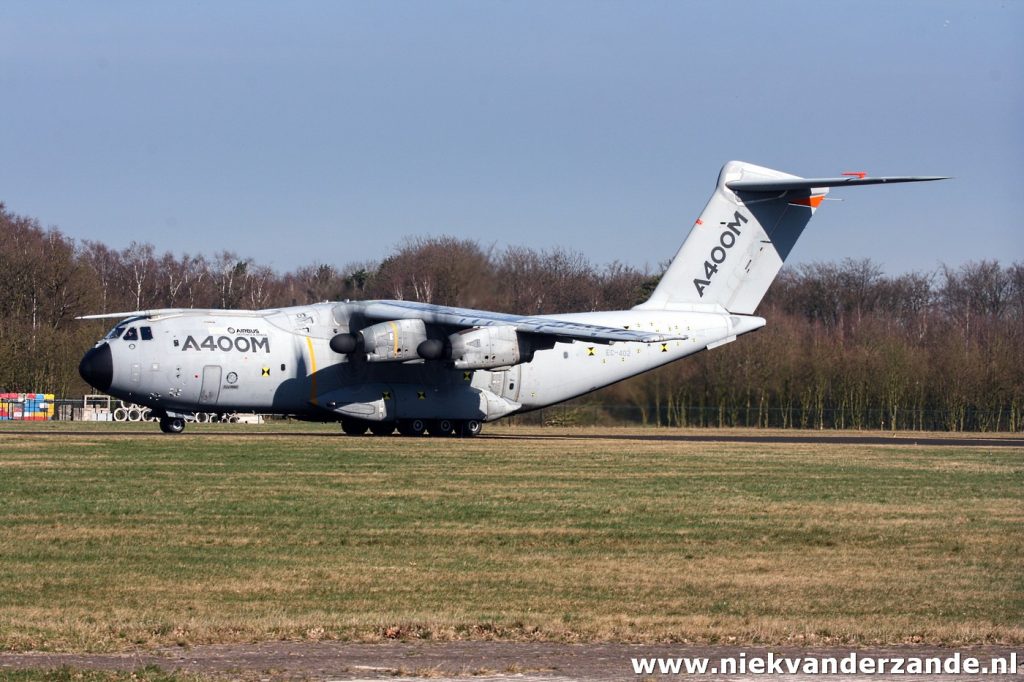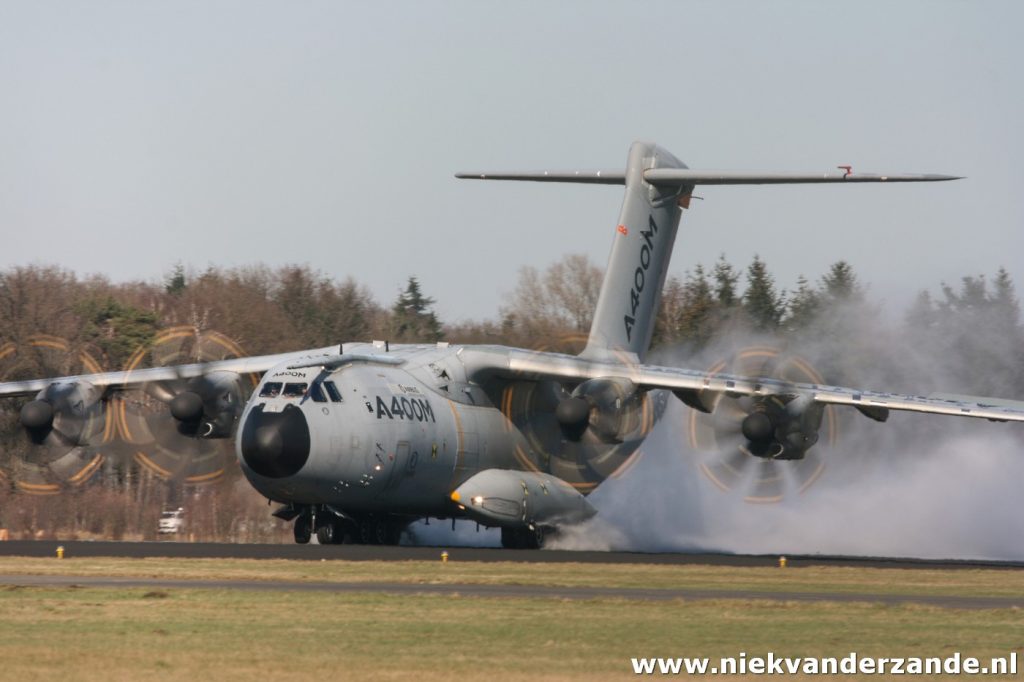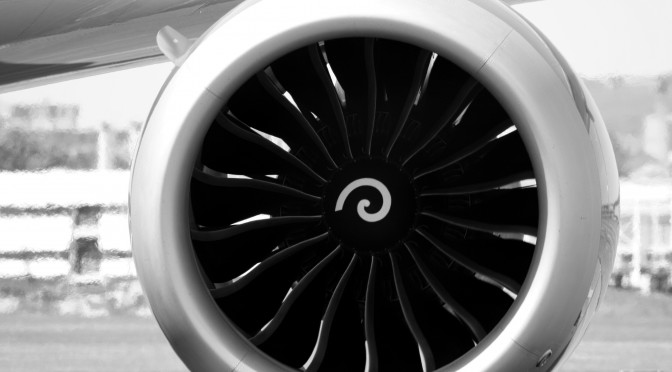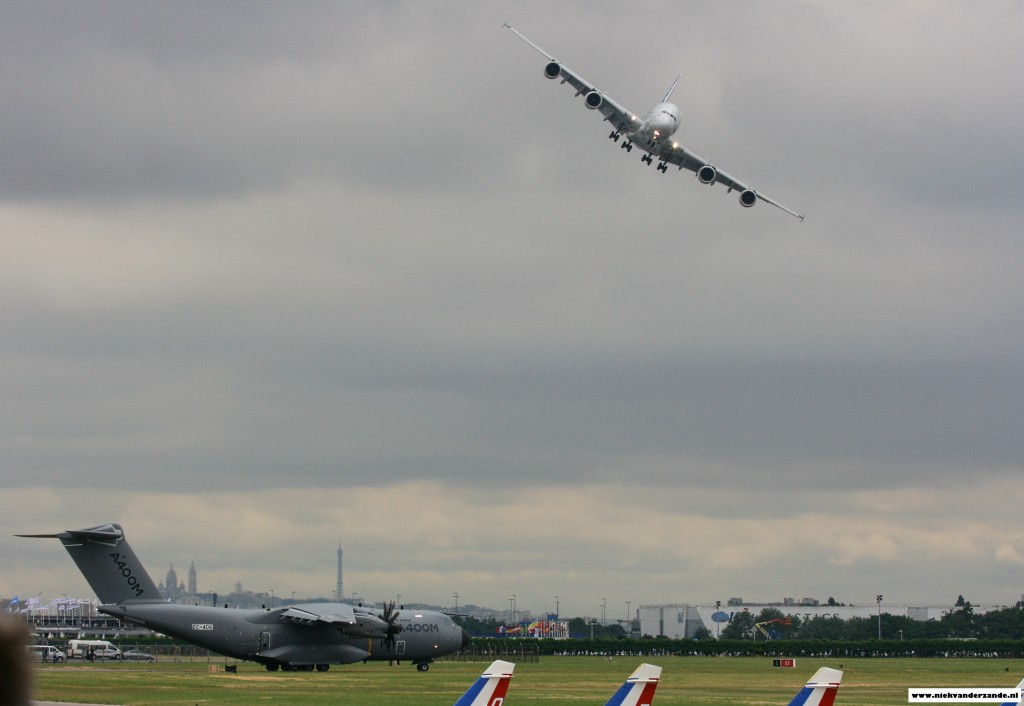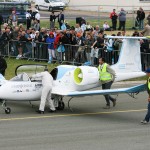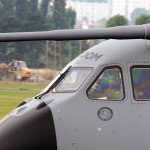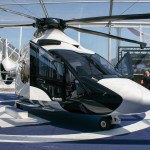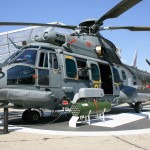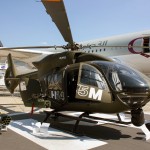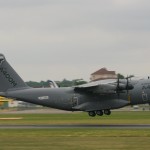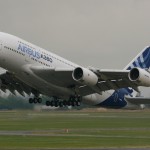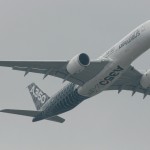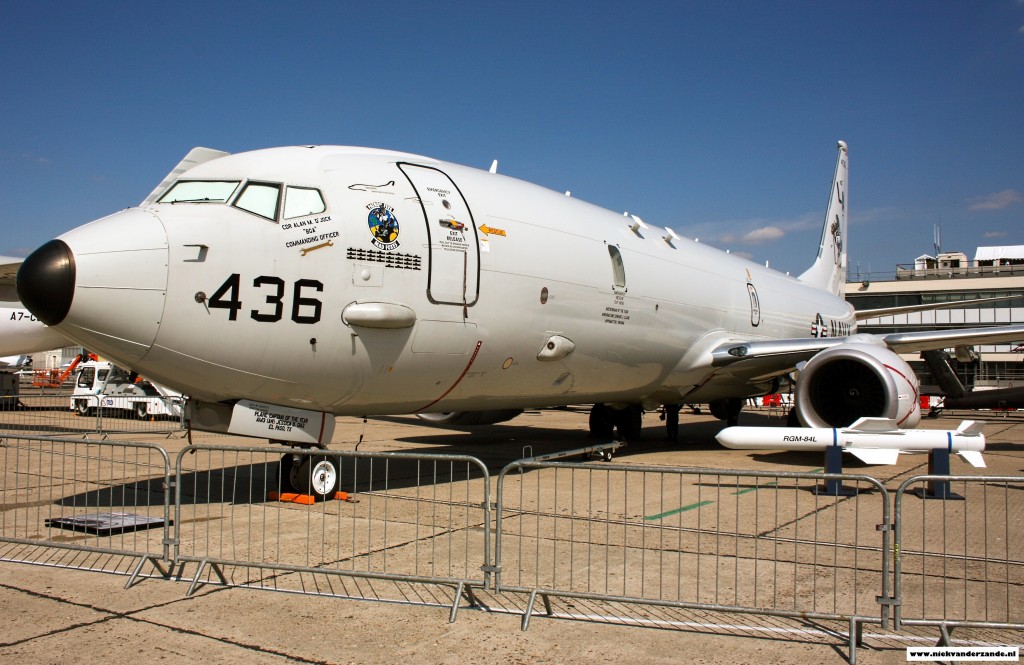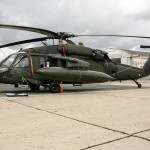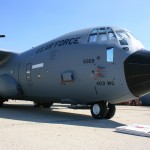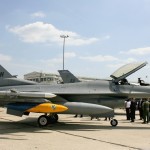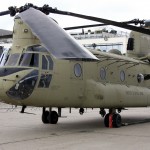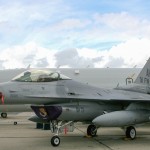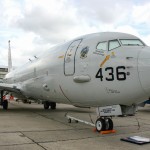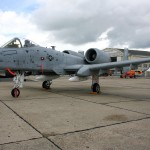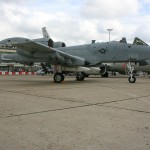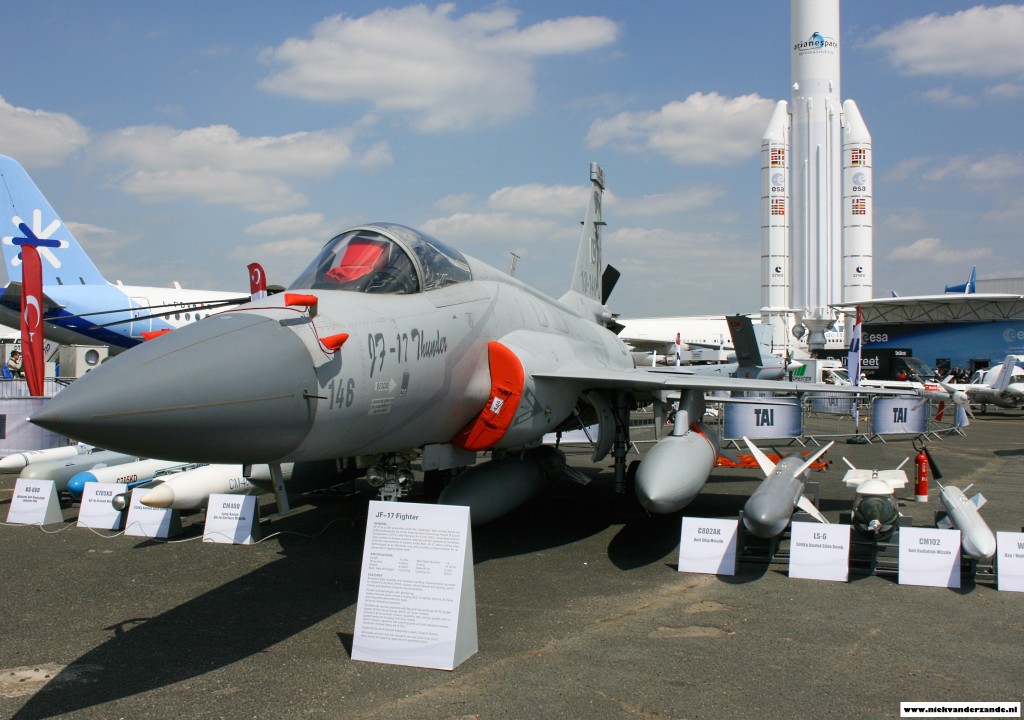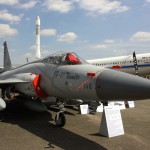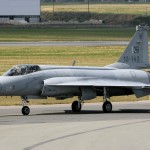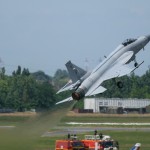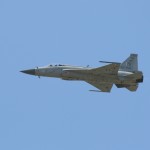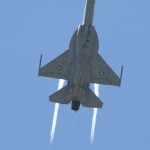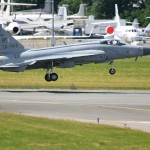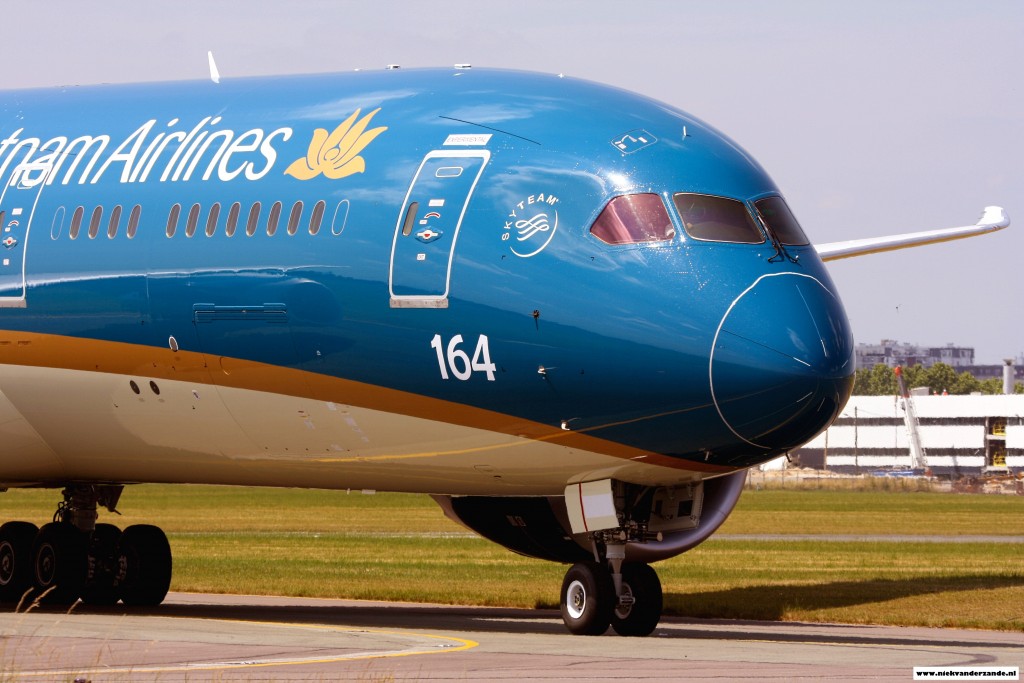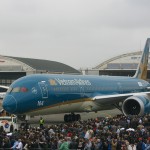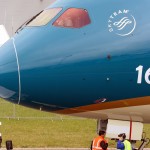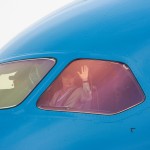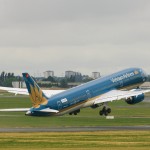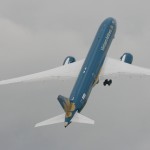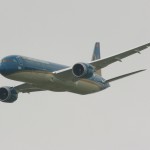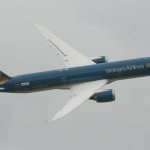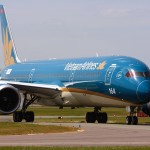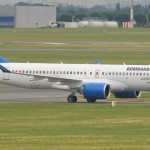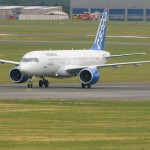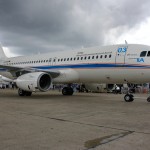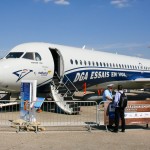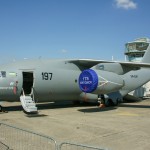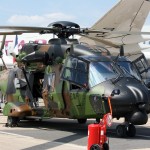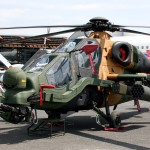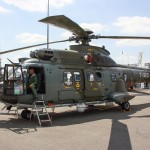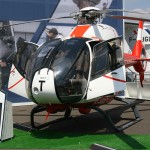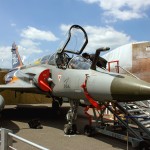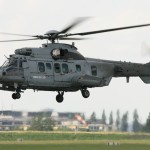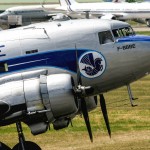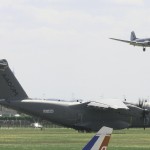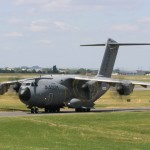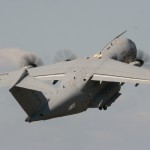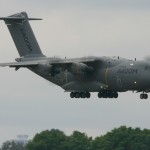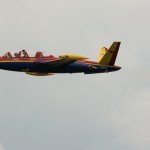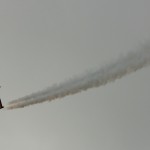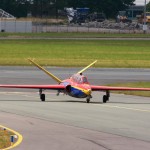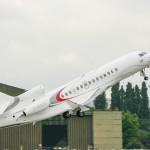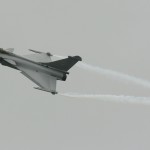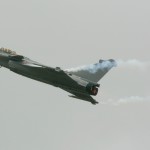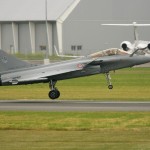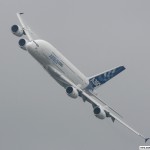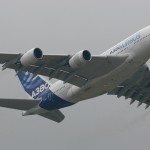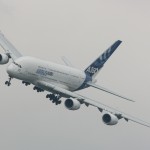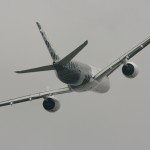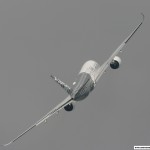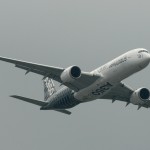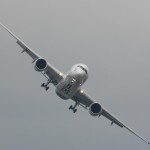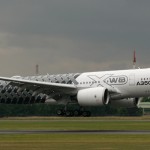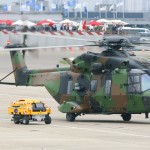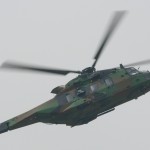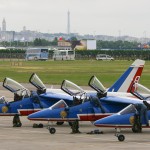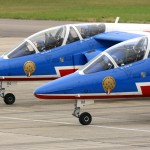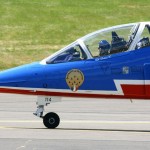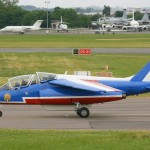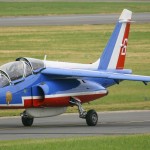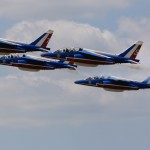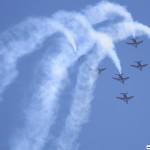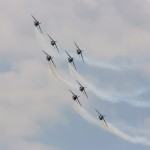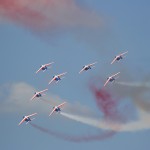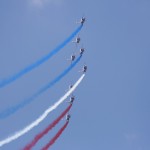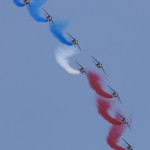On the 9th of June 2018 the German Ministry of Defense hosted the Tag der Bundeswehr, during which 15 military bases across the country opened the gates for the general public. One of these bases was the Wehrtechnische Dienststelle für Waffen und Munition 91 (WTD91) in Meppen.
WTD91 in Meppen is a unique location, as it actually is a unit with both military and civillian staff where new weapons and munition are tested. For these purposes, the unit can use a 19200 hectare instrumented shooting range, which measures approximately 31 by 7 kilometers.
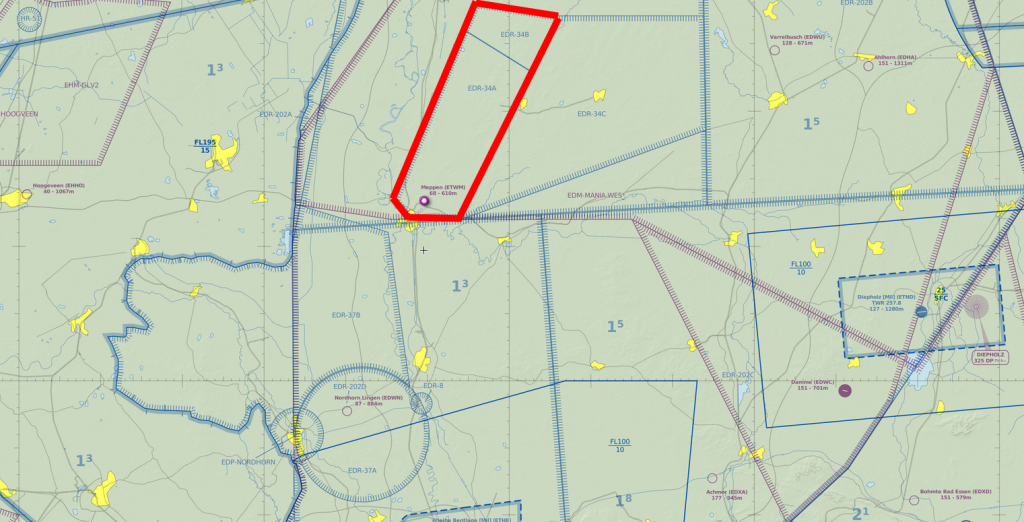
Weapons, weaponssystems, guided missiles, drones and armour are tested in Meppen for the German army, navy and airforce. WTD91 boasts a unique professional experience in the disciplines of balistics, acoustics, optronics and meteorology when it comes to military equipment.
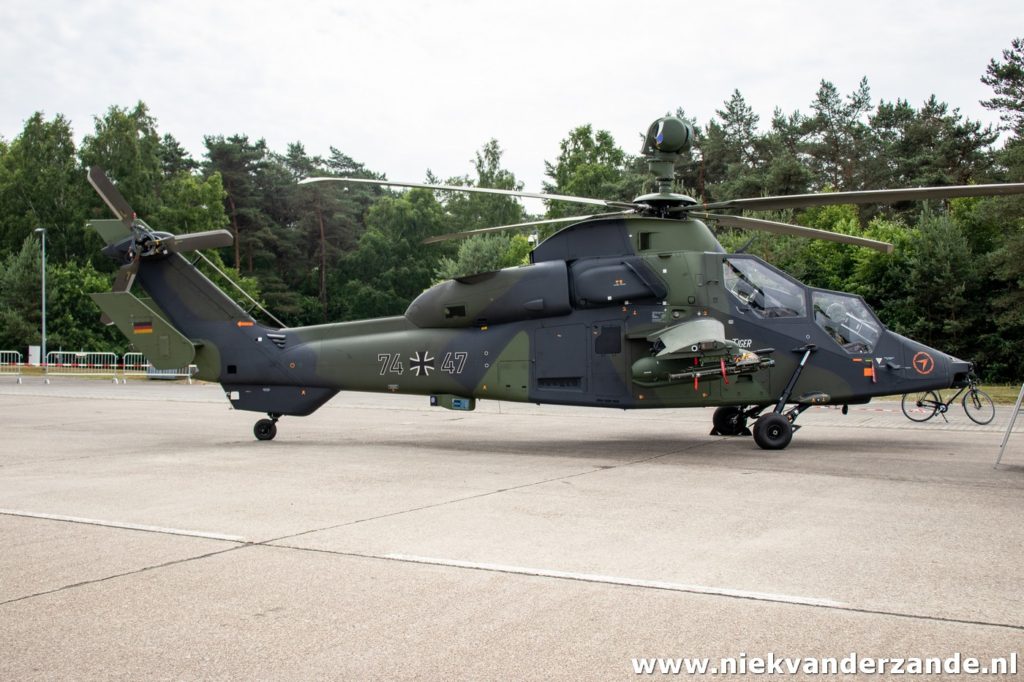
During the Tag der Bundeswehr, the visitors were welcomed onto the general area of WTD91 where they could see the equipment of the German army up close, from the Fennek reconaissance vehicle up to the immense PzH2000 howitzer. On the other side of the street, the WTD village was showing the various WTD units from accross the country. These units showed various military innovations that they are currently working on, from 3D printing and robotics via temporary camouflage paint onto an electronic quad from the Trier based WTD41.
Bundeswehrfeuerwehr
A few meters further the highlight of the day was reached, this was were the dynamic weapons display took place 3 times per day for 45 minutes. This weapons display was not only dynamic by the fact that the various military vehicles moved in front of the public, next to that live shots were fired to show the visitors the power and precision of the weapons.
The display started exactly on the hour with a first missile being fired from the LARS rocketlauncher. This first missile was fired to determine if it reached the right target area, situated 12 kilometers further. Once this was confirmed, a salvo of 15 rockets was fired. At this point it became quite clear why visitors had to wear ear protection and why children under the age of 14 years were not allowed at the dynamic weapons display.
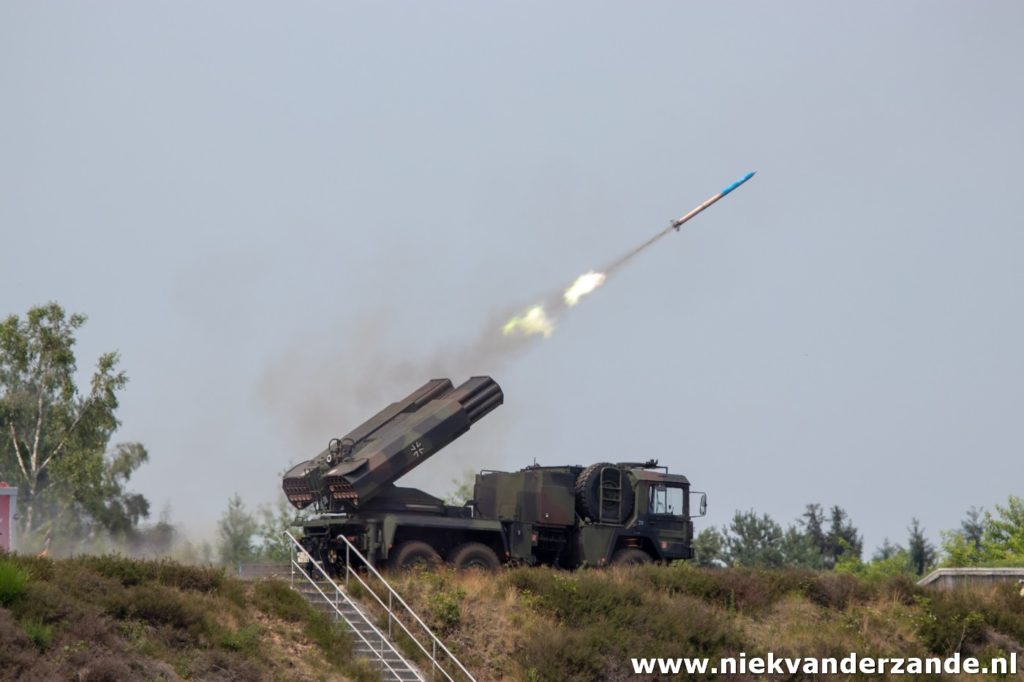
LARS firing sequence
Next up was the Dingo armoured transport vehicle, shooting the remote fired MG5 machinegun at several balloons, destroying them all. When the Dingo drove off, the next weapons system was already prepared for action in the form of the MG6 machinegun. This machinegun has 6 barrels and can fire 6000 shots per minute. By using this massive firepower, an array of 400 clay pigeons was cleared in no time.
Then the heavy, tracked vehicles showed up on the range. First to display its firepower was the Puma Schützenpanzer which can transport 6 armed soldiers onto the battlefield. The Puma is equipped with a 30mm machine cannon, with which it destroyed the water barrels that simulated targets on the range. The puma was then followed by the Leopard 2. This main battle tank was staffed by a mixed German/Dutch crew. First it fired the 120mm canon whilst standing still, the next shot was fired whilst driving at full speed. The Leopard was then followed by the PzH2000 howitzer firing the mighty 155mm canon at a target 12km away.
Puma in action
Leopard 2
PzH2000
Then, during a short parade of the ENOK, EAGLE IV and Boxer, a display was given how troops would be inserted and extracted from the battlefield.
After the ground-based displays, all eyes were focused onto the sky, as it was time for the aerial display of WTD61s Tiger attack helicopter. An array of impressive manouevres was shown directly in front of the guests, so that they could get an impression on the versatility of this helicopter.
When the Tiger display was over, it was announced that Meppen could see some aerial visitors as well. First up was a C-160D Transall from LTG63 in Hohn. This Transall flew along all Tag der Bundeswehr bases in northern Germany and treated the audience to a Sarajevo approach. The final visitor of the day was the Transall’s successor, an Airbus A.400M from LTG62 in Wunstorf, that flew accross the entire country to visit Tag der Bundeswehr events during which it was in the air for more than 6 hours.

